Our roots in the Roaring Fork Valley run deep
Stretching from the top of Independence Pass to the confluence with the Colorado River, the Roaring Fork Valley is where Wilderness Workshop began – we were founded as the Aspen Wilderness Workshop – and today we’re honored to steward and protect some of the most beloved wilderness areas and public lands in the country.
“Elevations ranging from 5,700 feet to over 14,000 feet above sea level support several distinct native plant communities, from sagebrush, oak, and pinyon-juniper in the low elevations, transitioning to aspen and conifer forests as elevation increases, before finally reaching up to alpine tundra on the highest peaks, ridges, and passes. These communities in turn support a remarkable diversity of animal life, from jackrabbits to bighorn sheep, hundreds of bird species, and thousands of insects. The Watershed is among the wettest watersheds in the state with wetlands and riparian areas representing known biodiversity hotspots.” – Roaring Fork Biodiversity and Connectivity Study
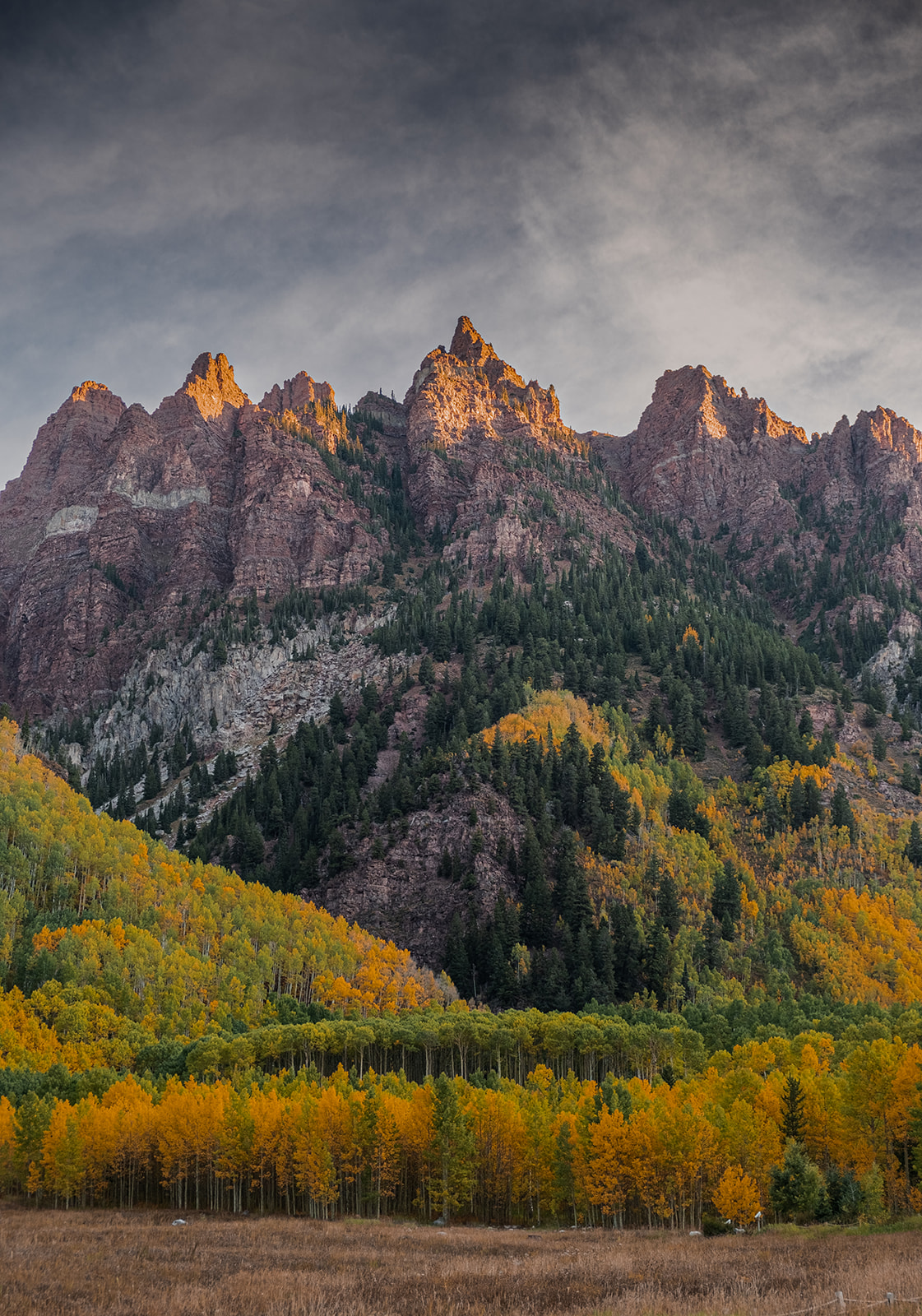
The Maroon Bells Scenic Area, managed by the Forest Service. Photo courtesy Sam Sheppard.
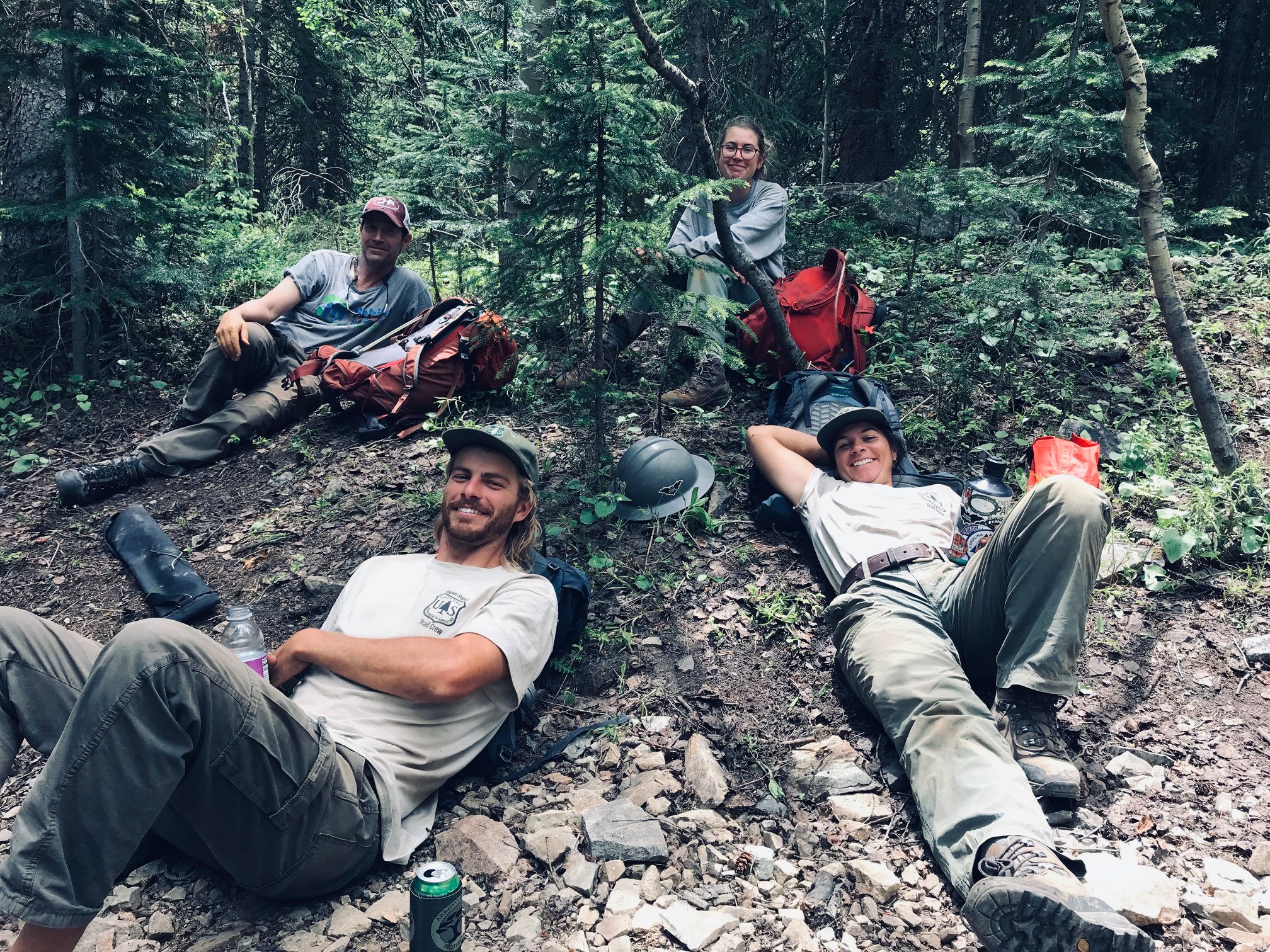
Taking a break during a restoration project.
Stewarding wilderness areas and public lands
Due to the dogged and highly effective advocacy of WW’s founders Joy Caudill, Dottie Fox and Connie Harvey, the Roaring Fork Valley includes some of Colorado’s most iconic wilderness areas: the Maroon-Bells Snowmass, Hunter-Fryingpan, Raggeds, Holy Cross, and the Collegiate Peaks. In partnership with federal land management agencies (the White River National Forest and the Bureau of Land Management (BLM)), fellow nonprofits (such as the Independence Pass Foundation and Roaring Fork Outdoor Volunteers (RFOV)), and local municipalities, we work hard to steward these beloved areas for current and future generations.
This includes a wide range of activities – ranging from hands-on restoration projects with volunteers on public lands to ensuring that managing increasing recreation both protects ecosystems and doesn’t contribute to long-standing inequities in who benefits from public lands. We’re growing our community of public lands stewards and advocates through events, our Defiende Nuestra Tierra program, and partnerships with other conservation and environmental organizations. We also have one of the Nation’s longest-running partnerships with the Forest Service collecting air and water quality data from local wilderness areas to serve as early warning signs of pollution and ecological change from impacts like oil and gas development and climate change.
Advocating for new wilderness
In addition to stewarding existing wilderness, there are many more areas deserving of our country’s highest form of land protection. Currently, Senator Bennet is proposing new legislation that would designate wilderness areas right in our backyard! The Gunnison Outdoor Resources Protection Act (GORP Act) would protect spectacular public landscapes from Gunnison to Ashcroft. The GORP Act includes new wilderness designations for Star Peak, at the headwaters of Castle Creek, and Treasure Mountain, an expansion of the Raggeds Wilderness above Marble. We’re enthusiastically supportive of the GORP Act, and the Star Peak and Treasure Mountain wilderness designations in particular.
We’ve also advocated for new congressional designations through the Hidden Gems Wilderness Campaign and administrative designations like Recommended Wilderness for places like Red Table Mountain, Assignation Ridge, and Hunter Creek.
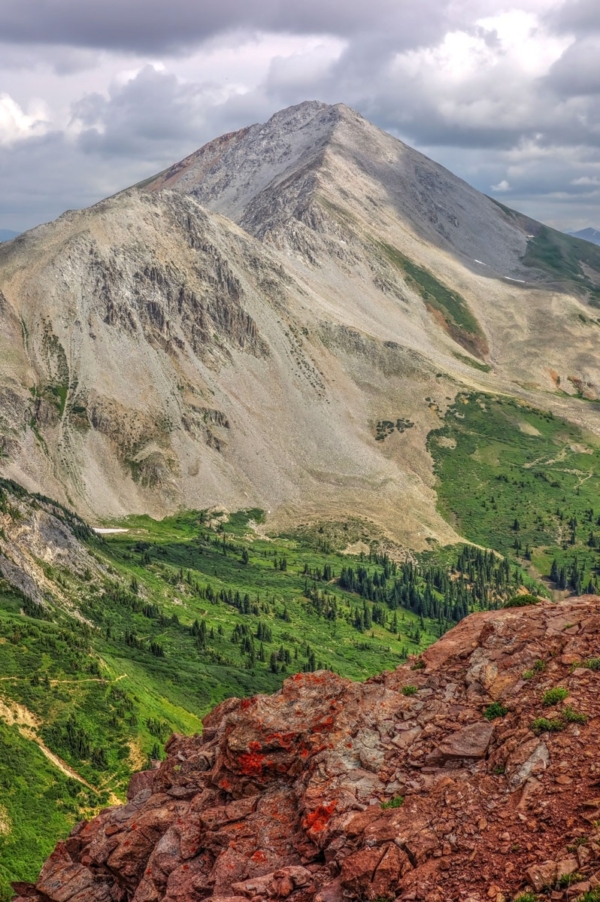
Proposed Star Peak Wilderness.
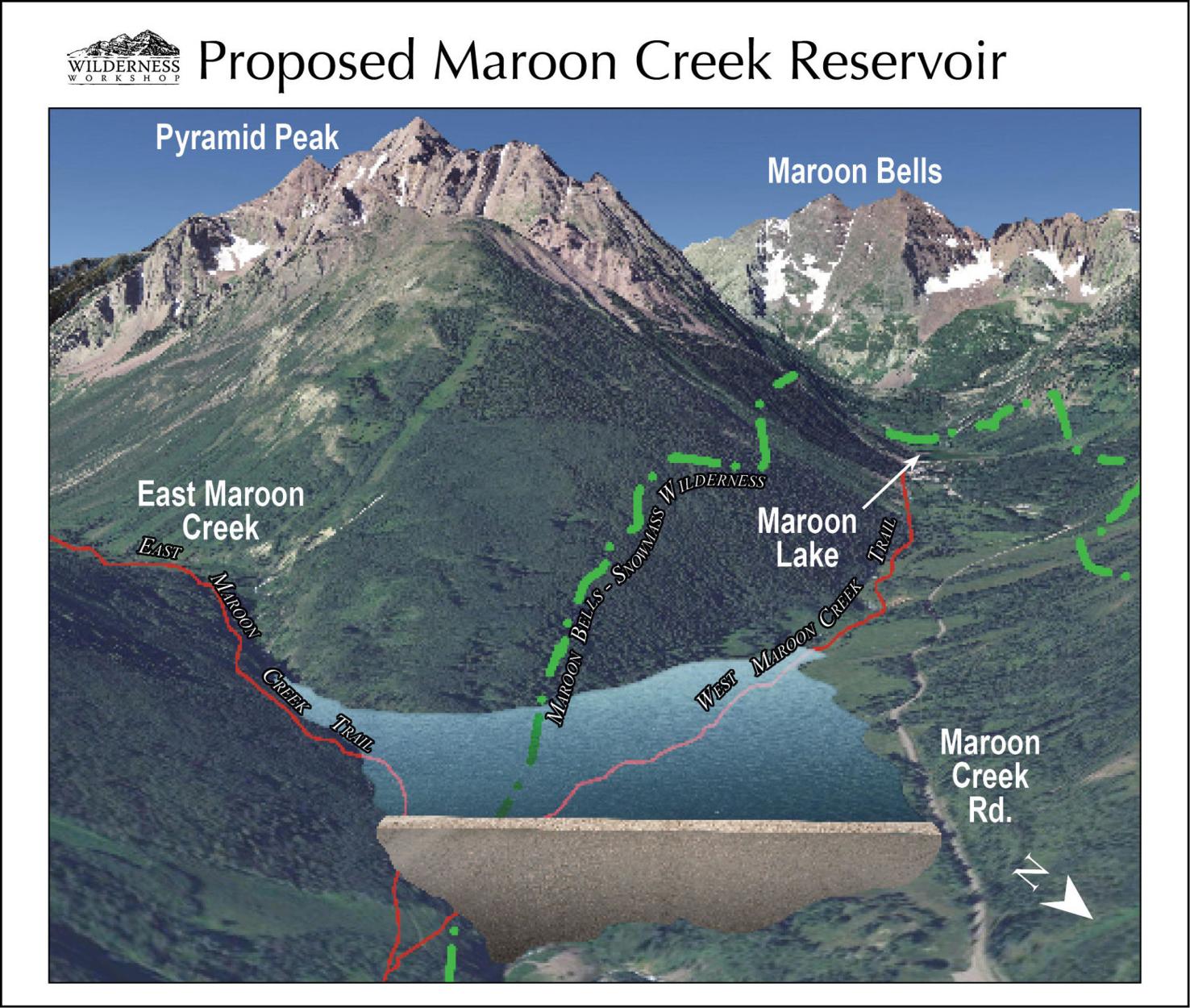
Rendering of a potential dam on Maroon Creek, just below the confluence of East and West Maroon Creeks.
Protecting Castle and Maroon Creek Valleys
Culminating with an agreement signed in 2018, we worked to permanently move the City of Aspen’s water rights out of Castle and Maroon Creek Valleys, guaranteeing that no dams would be built in these iconic valleys! After over three years of extensive negotiations and work with the City and our partners, the final agreement stipulates that the City will seek to move a portion of its water rights to a suite of more environmentally-friendly water storage locations within and downstream of Aspen city limits.
If built, the dams proposed for Maroon and Castle Creeks would have significantly impacted the ecology of the two high mountain creeks and flooded important wildlife and recreation areas in and adjacent to the Maroon Bells-Snowmass Wilderness Area, forever changing two of the most iconic valleys in Colorado. These dams would have cut Castle and Maroon Creeks in two, flooded critical riparian and wetland habitat, and brought massive infrastructure and development to two largely pristine valleys.
The Hunter-Smuggler Cooperative Plan
We’ve been deeply involved in the creation, and subsequent implementation, of the Hunter-Smuggler Cooperative Plan, ensuring ecologically sensitive management in “Aspen’s backyard.” Led by the Aspen Center for Environmental Studies, the City of Aspen, Pitkin County, and the Forest Service, the Plan includes a variety of forest treatments and recreation projects in the Hunter Creek Valley and the northwest end of Smuggler Mountain.
The plan originally proposed a series of logging projects in an attempt to stop the mountain pine beetle from killing lodgepole pines in the area. As a result of our advocacy and the recognition that our already diverse forests would be minimally impacted by the beetle, the plan’s implementation was re-oriented to more ecologically beneficial projects including prescribed fire, extensive weed treatments, and thinning of Oak forests where prescribed fire was not feasible.
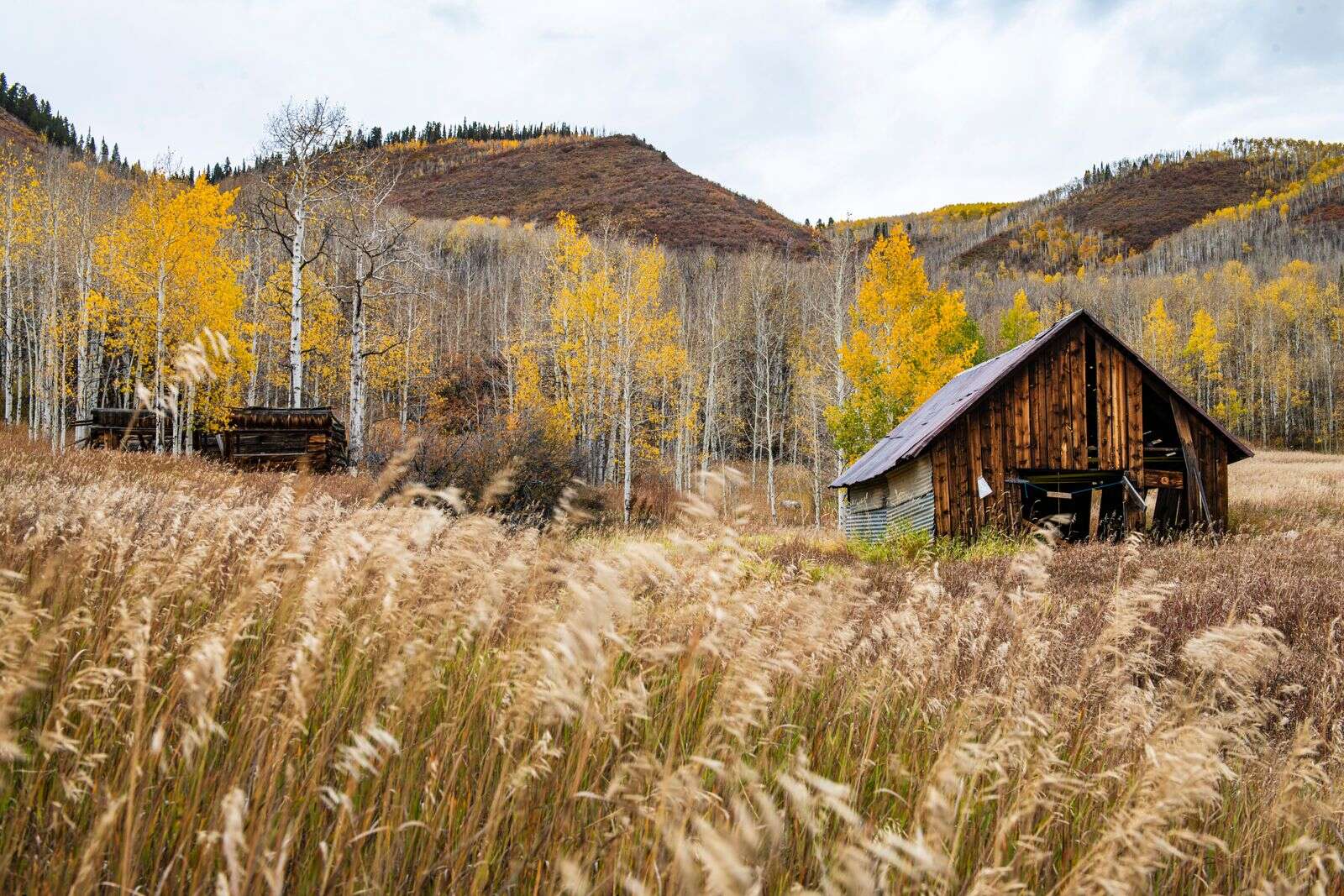
Protecting cultural resources is also part of efforts in the Hunter Creek Valley. Photo courtesy the Aspen Times.
Better management of the trails and recreation was also part of the trail Many of the trails in the Hunter-Smuggler area were built illegally (without Forest Service permission), and while many are now well-established and have been brought into the agency’s formal trail system, both the Forest Service and WW agree that the era of building bandit trails is over.
Throughout the planning process, we consistently advocated for a trail system that avoids important wildlife habitat, preserves some areas of the project area as wild and undeveloped, and focuses on quality instead of quantity. We’ve signed off on new trails and important re-routes and improvements like Hummingbird, Upper and Lower Plunge, and the Iowa Shaft Shortcut. We’re advocating with the Forest Service and other partners to close and restore user-created routes that unfortunately continue to be illegally built in the area.

